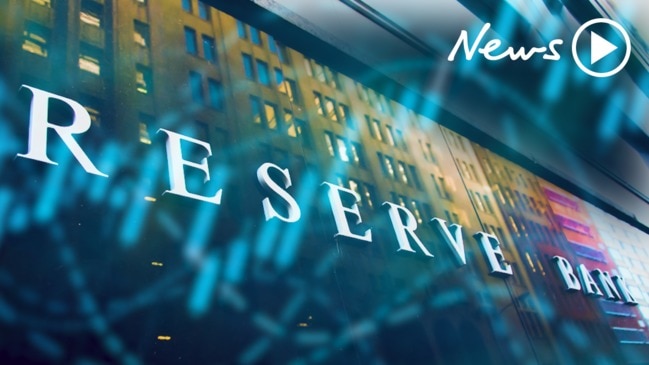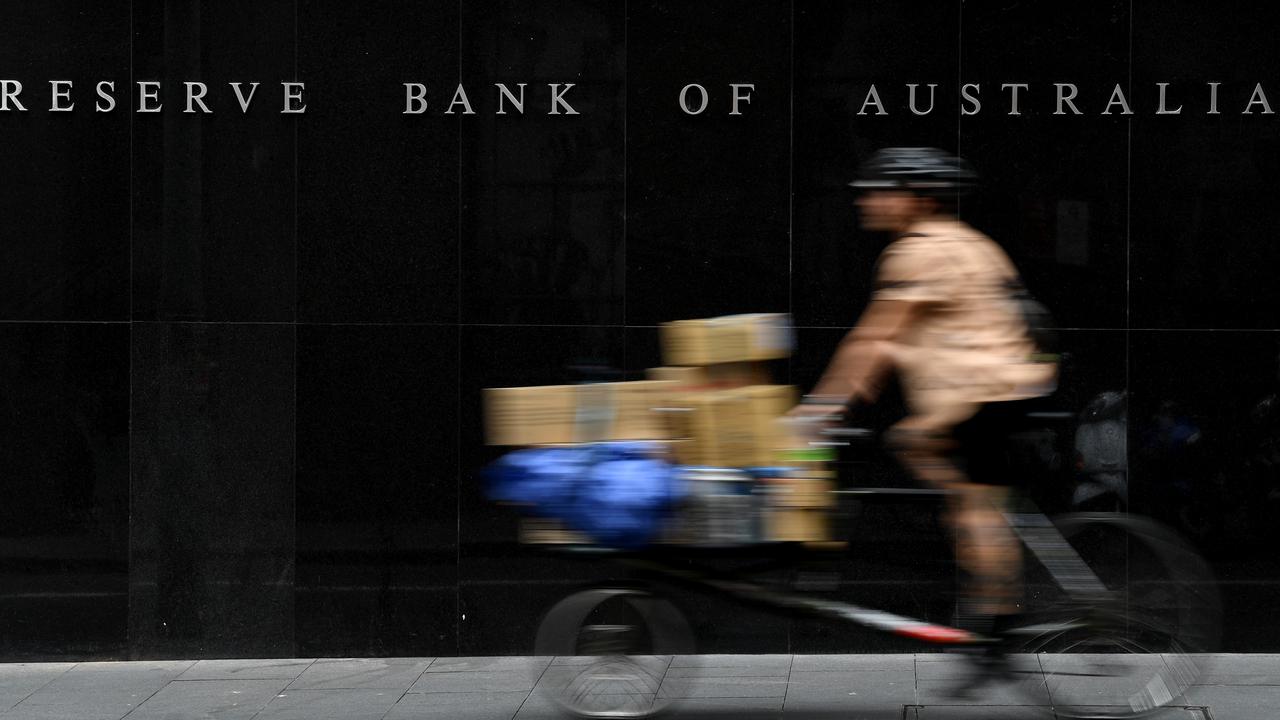Reserve Bank keeps interest rates at 0.25% in October
The Reserve Bank has held tight to the current low cash rate, but economists predict there could be a cut before the end of 2020.

The Reserve Bank has maintained the historic low cash rate of 0.25 per cent, following the RBA’s meeting today.
Since 2016, interest rates have been reduced five times and were dropped to a historical low in March this year due to the COVID-19 pandemic.
RBA Governor Philip Lowe said in a statement today that the global economy is gradually recovering after a severe contraction due to the pandemic, but the recovery is uneven and its continuation is dependent on containment of the virus.
“Financial conditions remain accommodative around the world and supportive of the economic recovery. Financial market volatility is low and the prices of many assets have risen substantially despite the high level of uncertainty about the economic outlook,” he said.
The Australian economy experienced a sharp contraction in the June quarter, with output falling by seven per cent. “As difficult as this was, the decline in output was smaller than in most other countries and smaller than was earlier expected,” Mr Lowe commented.
“A recovery is now under way in most of Australia, although the second-wave outbreak in Victoria has resulted in a further contraction in output there. The national recovery is likely to be bumpy and uneven and it will be some time before the level of output returns to its end 2019 level.”
Mr Lowe added that labour market conditions have improved somewhat over the past few months and the unemployment rate is likely to peak at a lower rate than earlier expected.
“Even so, unemployment and underemployment are likely to remain high for an extended period. Wage and inflation pressures remain very subdued,” he said.
RELATED: Follow our live coronavirus coverage

ECONOMISTS EXPECT A CUT BY CHRISTMAS
A recent Finder survey showed that 40 per cent of economists surveyed expected a 0.1 per cent cut by November – but many predicted that it wouldn’t happen on Budget day.
One of the economists surveyed by Finder, Nicholas Frappell, global general manager of ABC Bullion, expected a rate drop to be on hold until next month. “The RBA has repeatedly signalled an interest to cut the cash rate again, however it makes sense to wait until after the Federal budget is presented,” he said.
Shane Oliver, Head of Investment Strategy and Economics and Chief Economist at AMP, told Finder he also expects a cut this year. “The recovery is gradual and uneven and the RBA’s current forecasts show that it does not expect to meet its employment and inflation objectives in the next two years so further easing is warranted,” he forecasted.
David Robertson, head of economic and market research at Bendigo and Adelaide Bank, said the RBA wasn’t likely to announce a rate cuts on Budget day – but sees one on the horizon.
“The RBA appears ready to add further monetary support by cutting the official cash rate to 0.1 per cent, although they will probably wait until [Melbourne] Cup day rather than Federal Budget day,” he said.
Managing director of real estate group Laing+Simmons, Leanne Pilkington, told Finder that banks have factored in another rate drop across various loan products in preparation for another cut. “There is an expectation of further easing, with the budget perhaps providing a conveniently timed distraction,” Ms Pilkington said.
CreditorWatch Chief Economist Harley Dale said the decision to keep the rate steady at 0.25 per cent was appropriate “given that the RBA already has measures in place to support Australian businesses” while to focus remains on the Federal Budget.
“In due course, the RBA will likely reduce the official cash rate to 0.1 per cent, but today wasn’t the day,” he said. “Tonight, it is the turn of the Federal Government to set out a clear agenda for recovery in what is the most important fiscal update in close to a century.”

WHAT THE CASH RATES MEANS TO YOU
A lower cash rate means borrowing money is cheaper, which is good news for people with mortgages – but many economists believe it isn’t enough to make a significant difference on the national economy.
Graham Cooke, insights manager at Finder, said a cut is more symbolic than practical. “The cash rate has dropped by 125 basis points over the last year and a half – a further fall of 15 is unlikely to make much of a difference beyond showing that the RBA is taking action,” Mr Cooke said.
“Economists will be keeping a closer eye on community transmission of COVID-19 and the reopening of domestic borders than they will on the cash rate.”
Meanwhile, the vast majority of economists surveyed by Finder, 89 per cent, expect domestic border restrictions to be removed before Christmas.
Peter Boehm of CLSA Premium said reducing the rate is a hollow move. “While it might be tempting to reduce the cash rate, any reduction now would have little economic benefit and there would be no room to move if rates needed to be reduced during the next six months,” he said.

WILL LEVELS FALL EVEN LOWER?
The RBA’s Dr Lowe previously ruled out a move towards negative interest rates, and has insisted rates will remain at low levels for the foreseeable future. “I said previously that it was extraordinarily unlikely that we would have negative interest rates, and there’s been no change to that thinking,” Dr Lowe said in May.
Frank Uhlenbruch, investment strategist in the Janus Henderson Australian Fixed Interest team, previously said both the US Federal Reserve and the RBA had largely ruled out the prospect of negative interest rates, with “the RBA particularly noting that the cost of such a regime outweighed the benefits”.
“Instead, while they both saw scope for further forward guidance and yield curve control measures, the most powerful policy tool going forward was fiscal policy. The RBA has warned of the risks of removing fiscal support too early and that more fiscal easing maybe needed to restore confidence,” Mr Uhlenbruch said.
“Given such an outlook and the damage that lockdowns are doing to the economy’s potential growth rate, we look for a low rate regime to persist for many years.”

WHEN WILL RATES LIFT?
Associate Professor Rebecca Cassells, deputy director of the Bankwest Curtin Economics Centre, told Finder that signs of the RBA looking to increase interest rates could appear in late 2021 and a lift in interest rates as early as the first quarter of 2022.
“There is now a more optimistic outlook for the global and Australian economy and it’s possible that recovery will be more rapid,” she said, adding that the Organisation for Economic Co-operation and Development (OECD) recently revised its global forecast from a 6 per cent contraction in 2020 to 4.5 per cent.
“The expectation is for positive growth throughout 2021, at around 5 per cent,” she said. “The IMF [International Monetary Fund] expects the same, with initial estimates of a 5 per cent contraction in global GDP likely to be downgraded when they release their update on October 13.”
While she acknowledged that new virus outbreaks could set this trajectory back, she said “there is every possibility that we could be out of the woods sooner than expected”.
RELATED: What homebuyers grant means for you
RELATED: Government’s $25k homebuyers handout



